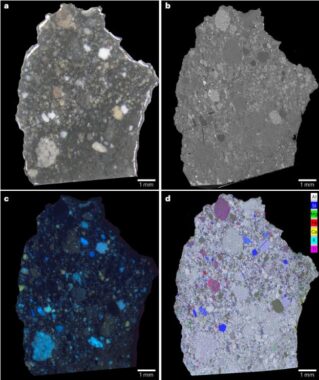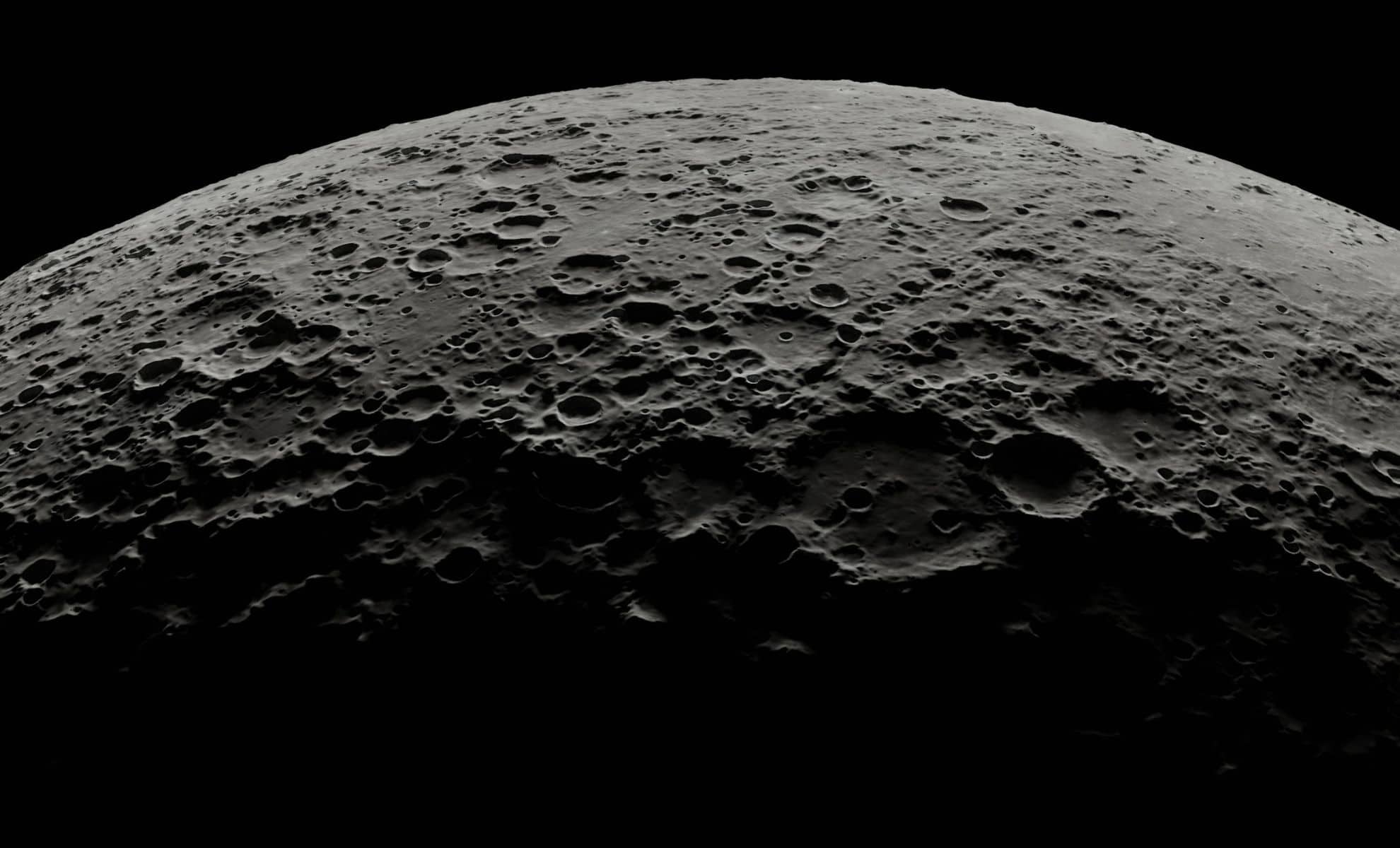Recent studies of Apollo 16 lunar samples and meteorites from the moon’s far side have revealed new insights into the moon’s ancient impact history. These findings not only deepen our understanding of lunar evolution but also provide crucial clues to Earth’s early solar system environment.
New Research Reveals Ancient Moon Impacts, Reshaping Our Understanding of Solar System History

Recent breakthroughs in lunar sample analysis from both the Apollo 16 mission and the far side of the moon have unveiled fresh insights into the moon's ancient asteroid bombardment history.
These findings not only deepen our understanding of lunar evolution but also provide critical clues to Earth's early solar system environment. Using advanced techniques to examine moon rocks collected over half a century ago, scientists are uncovering the moon’s geologic past and its connection to Earth's history.
Apollo 16 Samples Act As a Time Capsule of Lunar Impacts
Researchers from the University of Glasgow and the University of Manchester have meticulously re-analyzed lunar samples collected during the Apollo 16 mission in 1972. These samples, specifically regolith breccias, were formed when asteroid impacts fused lunar soil into rock. Acting like "geological time capsules," these breccias preserve a record of the moon's surface at the time of their formation, helping scientists reconstruct the moon’s impact history.
Using mass spectrometry to examine trapped noble gases such as argon and xenon, the team discovered how long these samples were exposed to the solar wind before being buried by subsequent asteroid impacts. Dr. Mark Nottingham, who led the research, explained, “Mass spectrometry... can help us determine how much time the samples spent exposed on or near the moon’s surface. That helps give us a clearer idea of the history of impacts on this particular area of the moon.”
The results revealed a complex history of asteroid bombardments stretching over billions of years. Some of the samples date back more than 2.5 billion years, while others appear to have been affected by impacts as recently as 1 billion years ago. These findings allow scientists to piece together how asteroid collisions shaped the moon’s landscape over time. As Dr. Nottingham noted, “The moon’s history is the Earth’s history too—the record of asteroid bombardments etched on its face can help us understand the conditions of the early solar system which formed our planet as well as its closest neighbor.”
The South Pole-Aitken Basin: A Record of the Moon’s Most Ancient Impact
On the lunar far side, the South Pole-Aitken (SPA) basin—the largest and oldest known impact basin—has long intrigued scientists. Spanning approximately 2,500 kilometers (1,600 miles) in diameter, this vast crater has helped researchers unlock some of the moon’s most ancient secrets. However, accurately dating the SPA basin has remained a challenge, with estimates ranging from 4.2 to 4.3 billion years. A new study, published in Nature Astronomy, has provided a more precise date of 4.33 billion years, making it one of the oldest confirmed lunar impacts.
This impact event, which occurred during a period of intense bombardment in the inner solar system, is believed to have been caused by a massive object—likely an asteroid around 200 kilometers (124 miles) in diameter, far larger than the impactor that caused the extinction of the dinosaurs on Earth. The study, led by Professor Katherine Joy from the University of Manchester, used radiometric dating techniques to analyze a lunar meteorite, NWA 2995, believed to have originated from the SPA basin. This meteorite’s age aligns with the ancient history of the South Pole-Aitken basin, allowing scientists to pinpoint the event more accurately.

Dr. Romain Tartese, co-author of the study, emphasized the importance of this discovery: “The implications of our findings reach far beyond the Moon. We know that the Earth and the Moon likely experienced similar impacts during their early history, but rock records from the Earth have been lost.” Because Earth’s geological activity, such as plate tectonics and erosion, has erased much of its own early impact record, the relatively unchanged surface of the moon offers a crucial window into these formative events.
Implications for Future Lunar Missions and Earth’s History
These studies have far-reaching implications for future lunar exploration, particularly for NASA’s Artemis program and other upcoming missions. By better understanding the moon’s impact history, scientists can not only track its evolution but also locate valuable resources like noble gases and other elements that could aid in the sustainability of future lunar bases.
Dr. Nottingham highlighted this potential: “One of the challenges of establishing long-term habitats for humans on the moon is making decisions about how we can use the natural resources which await future missions so they don’t have to carry everything they’ll need with them from Earth.” These findings could directly inform how astronauts of the Artemis program and beyond plan long-term lunar stays, enabling them to exploit natural resources such as water and noble gases.
In addition to aiding future exploration, these studies provide critical insights into Earth’s early solar system environment. The moon’s surface offers a preserved record of asteroid impacts that shaped not only the lunar surface but also Earth’s. As Dr. Joshua Snape from the University of Manchester stated, “Constraining the age of the South-Pole Aitken basin to 120 million years earlier weakens the argument for this narrow period of impact bombardment on the Moon and instead indicates there was a more gradual process of impacts over a longer period.”
The confirmation of a 4.33-billion-year-old impact event in the SPA basin challenges the long-standing theory of a concentrated “late heavy bombardment” period between 4.2 and 3.8 billion years ago. Instead, it points to a more extended and varied history of asteroid impacts. Future lunar missions, such as China’s Chang’e-6 and NASA’s Endurance-A rover, could further refine this timeline by collecting samples from the SPA basin and conducting additional radiometric analyses.
A shared past: connecting lunar and Earth History
The findings from both the Apollo 16 samples and the SPA basin meteorites remind us that the histories of the moon and Earth are deeply intertwined. Both celestial bodies experienced a similar bombardment from asteroids during their early history. While Earth’s active geology has obscured much of its ancient past, the moon has preserved these records, offering us a glimpse into the violent processes that shaped the early solar system and influenced the conditions under which life eventually arose on Earth.
As these studies show, even decades-old lunar samples still have secrets to reveal, and ongoing lunar exploration will likely continue to expand our understanding of both our nearest celestial neighbor and our own planet.



